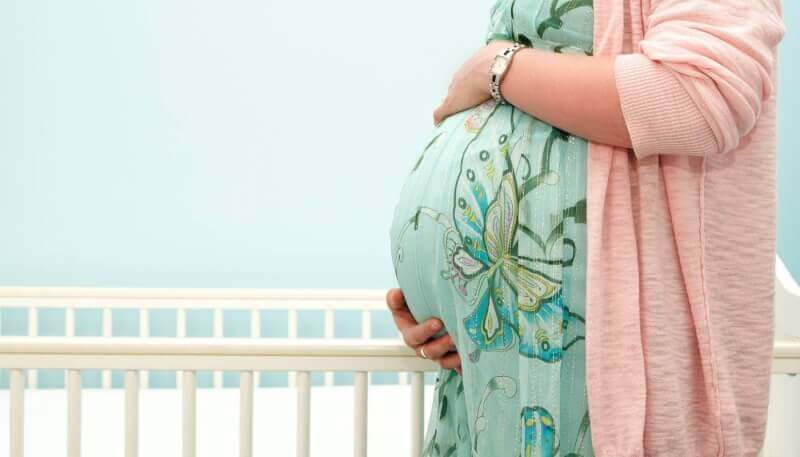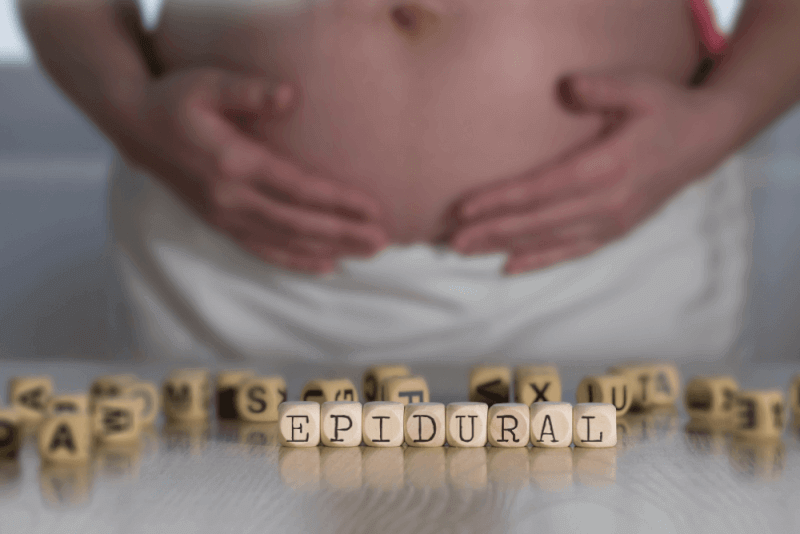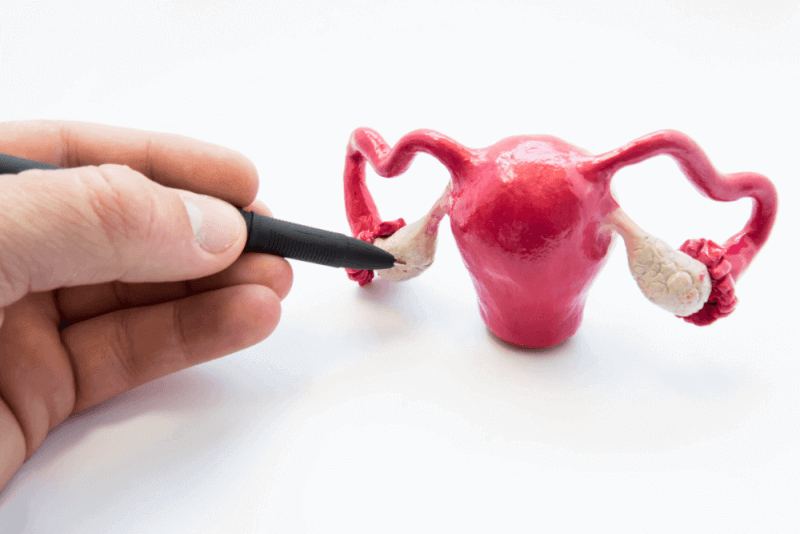What is Preeclampsia?
Preeclampsia, a complication of pregnancy, is a health condition that presents itself with high levels of protein in the urine, a sign of high blood pressure and kidney damage. Symptoms of high blood pressure in women with preeclampsia usually begin after the 20th week of pregnancy. If left untreated, preeclampsia can lead to fatal complications for both the mother and the baby.
Women with preeclampsia are often advised to have an early delivery. However, the timing of delivery depends on the severity of the preeclampsia and the gestational age. For babies who have not reached a sufficient gestational age, it is recommended to treat the preeclampsia and monitor the patient carefully.
Preeclampsia is a pregnancy complication that can occur not only during pregnancy but also after childbirth.
Diagnostic Criteria for Preeclampsia
To diagnose preeclampsia, the presence of high blood pressure after the 20th week of pregnancy and at least one of the following symptoms must be observed.
- New visual disturbances
- Headaches that do not go away despite medication
- Fluid accumulation in the lungs
- Elevated liver enzyme levels indicating liver dysfunction, or low platelet count
- Symptoms related to kidney problems
- Presence of protein in the urine
Various tests are performed on patients to confirm the diagnosis. These tests include the following:
Blood Tests
Blood tests are one of the most important tests for diagnosing preeclampsia. These tests help detect liver function and potential kidney damage. Additionally, the amount of platelets, which help blood clot, is also measured through blood tests.
Urinalysis
A 24-hour urine sample and a single urine sample analysis are performed to assess kidney function.
Fetal Ultrasound
Ultrasound is typically used to monitor the baby's growth during pregnancy. The fetal ultrasound estimates the baby's weight and the amount of amniotic fluid in the uterus.
Non-Stress Test or Biophysical Profile
A non-stress test is a simple procedure that checks how the baby's heart rate responds when the baby moves. The biophysical profile uses ultrasound to measure the baby's breathing, movement, muscle tone, and the amount of amniotic fluid in the uterus.
Causes of Preeclampsia
There are several different causes of preeclampsia. It is primarily believed that the placenta, the organ that nourishes the fetus during pregnancy, is responsible for preeclampsia. During the early stages of pregnancy, new blood vessels form to provide more oxygen and nutrients to the placenta. In women with preeclampsia, these newly formed blood vessels do not develop properly or function correctly. Poor blood circulation in the placenta for these reasons causes irregularities in the mother's blood pressure. Additionally, other high blood pressure disorders during pregnancy can also cause preeclampsia. Other high blood pressure disorders that may occur during pregnancy include the following:
- Gestational hypertension is a condition where high blood pressure occurs without any issues in the mother's kidneys or other organs. Gestational hypertension can be observed after the 20th week of pregnancy and is known as pregnancy-induced hypertension.
- Another hypertension issue that can lead to preeclampsia is chronic hypertension. Chronic hypertension may be present before pregnancy or develop after the 20th week of pregnancy. Cases of high blood pressure that persist for more than three months after pregnancy are diagnosed as chronic hypertension.
- Lastly, women who have chronic hypertension before pregnancy may experience a worsening of this condition during pregnancy, leading to preeclampsia.
Symptoms of Preeclampsia
The characteristic symptoms of preeclampsia include the presence of protein in the urine, high blood pressure, and damage to other organs. Women with preeclampsia may not show any symptoms at all. Therefore, it is recommended that pregnant women do not miss their regular doctor appointments. Other symptoms of preeclampsia include the following:
- Symptoms indicating kidney problems
- Decreased platelet levels in the blood
- Elevated liver enzyme levels indicating liver problems
- Severe headache
- Temporary vision loss
- Blurred vision
- Sensitivity to light
- Shortness of breath due to fluid in the lungs
- Pain in the upper abdomen, usually under the ribs on the right side
- Nausea
- Vomiting
- Sudden weight gain
- Sudden onset of edema in the face or hands
Complications of Preeclampsia
The following complications may occur if the mother experiences preeclampsia:
Fetal Growth Restriction
Preeclampsia affects the arteries that carry blood to the placenta. This prevents the baby from receiving enough blood, oxygen, and nutrients. This restriction of vital support leads to slower development of the baby.
Preterm Birth
The most common complication of preeclampsia is the birth of the baby before 37 weeks. Preterm birth is also considered the primary treatment for preeclampsia. Babies born prematurely face increased risks of feeding difficulties, breathing problems, vision and hearing issues, developmental delays, and cerebral palsy. Therefore, some treatments administered before preterm birth can help prevent these problems in the baby.
Placental Abruption
In women with preeclampsia, the placenta can detach from the inner wall of the uterus before delivery. This detachment can cause severe bleeding, threatening the lives of both the mother and the baby.
Hemolysis, Elevated Liver Enzymes, and Low Platelet Count
Hemolysis, which means the destruction of red blood cells, and elevated liver enzymes are other complications caused by preeclampsia. This severe form of preeclampsia can affect multiple organ systems in women. This condition, also known as HELLP syndrome, can lead to lifelong health problems for the mother.
Eclampsia
Eclampsia is the onset of seizures or coma along with the symptoms of preeclampsia. It is difficult to predict whether a patient with preeclampsia will develop eclampsia. Eclampsia can occur without any warning signs. However, in some cases, visual disturbances, headaches, behavioral changes, and mental confusion in patients are considered signs of eclampsia.
Organ Damage
Preeclampsia can damage the liver, kidneys, lungs, eyes, or heart. It can also cause brain damage, such as a stroke. The extent of organ damage varies depending on the severity of preeclampsia.
Cardiovascular Disease
Women who have had preeclampsia are at an increased risk of developing cardiovascular diseases later in life. The risk is higher in cases where the patient has had preeclampsia more than once.
Treatment Methods for Preeclampsia
The primary treatment for preeclampsia is early delivery or maintaining the best possible condition until delivery. The severity of preeclampsia, the gestational week, and the overall health of the baby are all factors that influence this decision.
If preeclampsia is not severe, it is recommended to monitor for changes in symptoms and the baby's overall health through frequent doctor visits. Additionally, blood pressure should be regularly monitored throughout the day.
In cases of severe preeclampsia, hospital admission is required for close monitoring of both blood pressure and potential complications. This allows for close monitoring of the baby's growth and overall health. The medications used to treat severe preeclampsia typically include:
- Corticosteroids to promote the development of the baby's lungs before birth
- Antihypertensive drugs to lower blood pressure
- Anticonvulsant drugs like magnesium sulfate to prevent seizures
Women with preeclampsia should also be closely monitored for other symptoms and high blood pressure after childbirth. Therefore, before being discharged, it is expected that severe headaches, vomiting, nausea, and visual disturbances associated with preeclampsia are completely resolved.
Recovery from Preeclampsia
Symptoms caused by preeclampsia typically resolve on their own within 6 weeks after childbirth. However, in some cases, high blood pressure may worsen during the first few days after delivery. Preeclampsia occurring after childbirth carries a higher risk of mortality. Therefore, close monitoring of patients after childbirth is even more crucial. The focus of recovery from preeclampsia is to bring blood pressure down to normal levels.
What to Pay Attention to in Preeclampsia?
Women who have had preeclampsia should continue to monitor their blood pressure even after childbirth. They should also be vigilant for symptoms such as headaches, visual disturbances, nausea, and vomiting that may result from preeclampsia. If any signs of preeclampsia are observed, it is important to seek medical attention as soon as possible.
Risk Factors for Preeclampsia
The likelihood of developing preeclampsia is higher in some women.
High-risk conditions include the following:
- Use of in vitro fertilization
- Autoimmune disorders
- Kidney disease
- Diabetes before pregnancy
- Chronic hypertension
- Multiple pregnancies
- History of preeclampsia in previous pregnancies
Moderate-risk conditions for preeclampsia include the following:
- More than 10 years between the previous and current pregnancy
- Complications in previous pregnancies
- Maternal age over 35
- Family history of preeclampsia
- Obesity
- First pregnancy with the current partner
Additionally, studies have found that black women are at a higher risk of developing preeclampsia. Pregnant women with inadequate access to prenatal care and general healthcare services, and those under chronic stress, are also more likely to experience preeclampsia.
How to Prevent Preeclampsia?
The best method to prevent preeclampsia is the use of low-dose aspirin. Pregnant women with high-risk factors for preeclampsia or multiple moderate-risk factors may be prescribed aspirin at no more than 81 milligrams per day after the 12th week of pregnancy. These women are advised to consult their doctors before taking any vitamins, supplements, or medications. Additionally, the following steps are recommended to prevent preeclampsia:
- Losing excess weight before pregnancy
- Regular monitoring of blood pressure and blood sugar if high blood pressure or diabetes is present before pregnancy
- Getting enough sleep
- Avoiding caffeine
- Eating a healthy diet low in salt
- Maintaining a regular exercise routine








